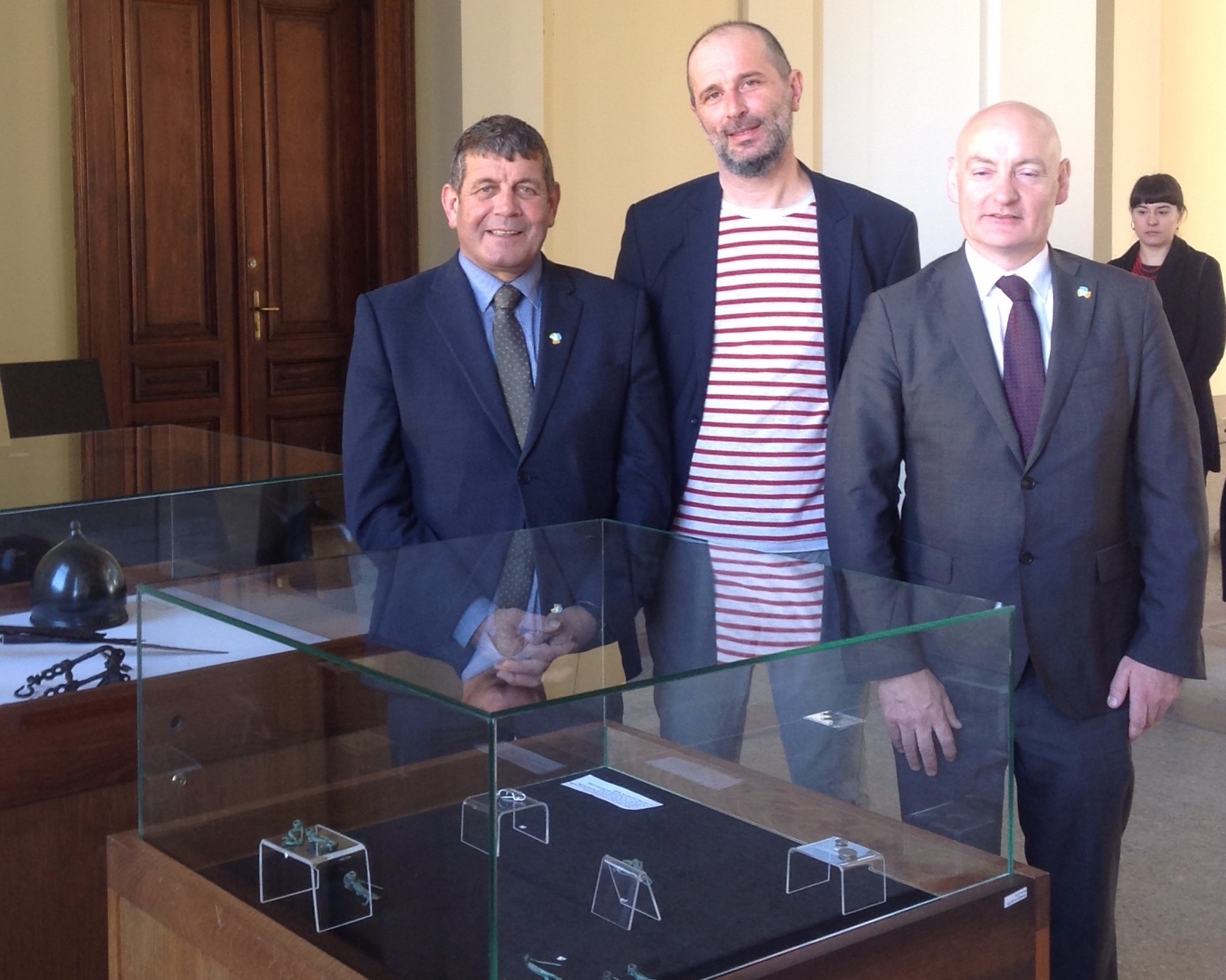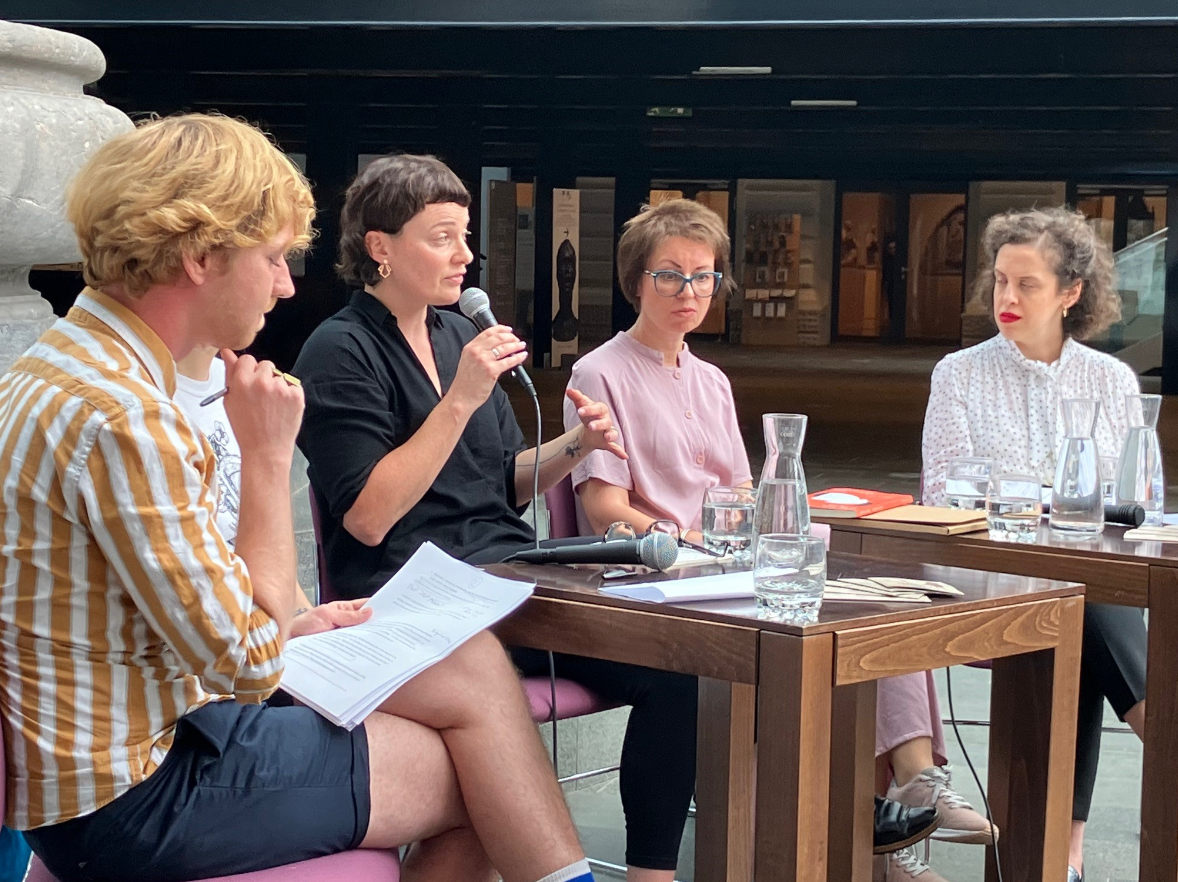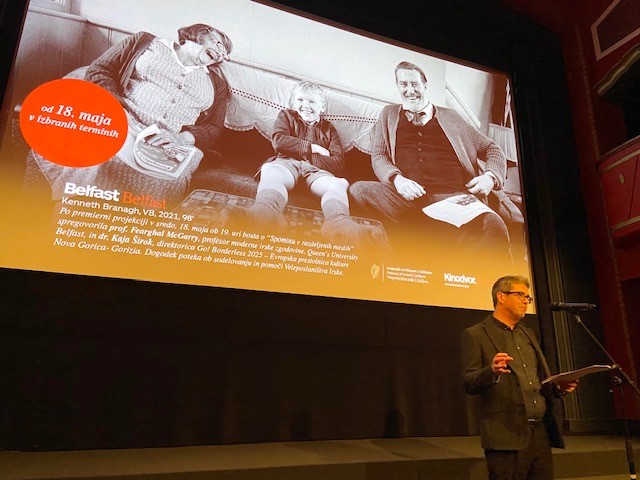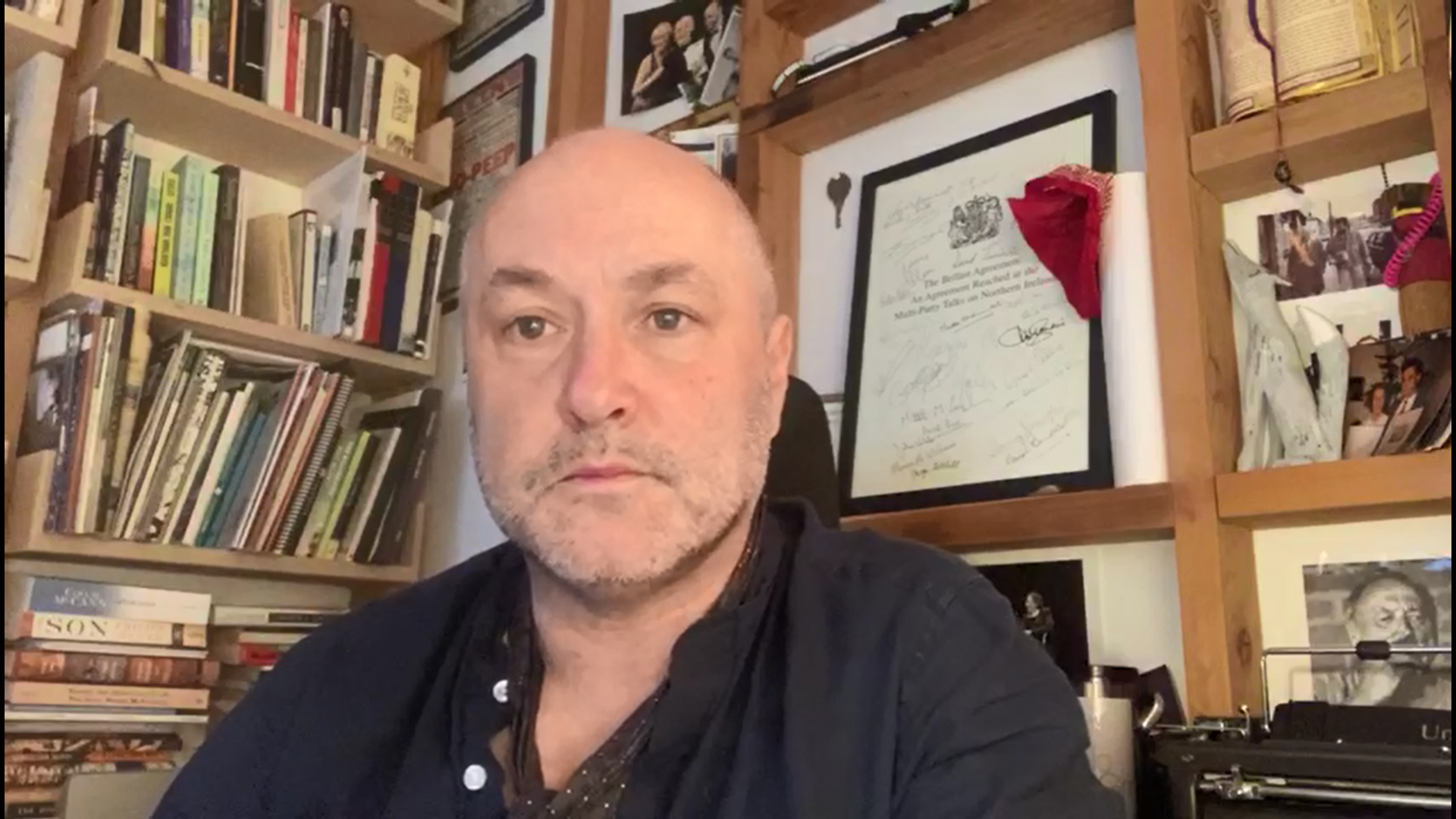Unveiling of restored Celtic objects at the National Museum of BiH
News
18 March 2019
On 17 March 2019, the National Museum of Bosnia and Herzegovina in Sarajevo unveiled in the presence of Minister of State Andrew Doyle T.D. and Ambassador Myles Geiran for the first time since their recent restoration 21 objects with a Celtic association. It is the aim of the Museum that these objects at a future point will form part of a wider, permanent exhibition. The Embassy of Ireland believes that this cooperative restoration project is another example of the further development of bilateral relationships between the two countries and that the origins of the objects indicate that contact and trade has existed between the two regions for many centuries. The Embassy of Ireland thanks the Director of the Museum, Mirsad Sijarić, for his active engagement in the successful realisation of this initiative and it looks forward to ongoing cooperation with this national institution. Ireland has over recent decades welcomed a number of people from Bosnia and Herzegovina and Bosnia and Herzegovina welcomes over 20,000 visitors per annum from Ireland.
In July 2018, the National Museum in Sarajevo commenced this restoration project funded through the Embassy of Ireland. The goal of this project was the conservation of metal objects of La Tène provenance with a Celtic association, which were selected for display within a permanent exhibition Bosnia and Herzegovina in Prehistory that will be established at a future point. A total of 21 objects, including weaponry, jewellery and coins originating from different sites (Donja Dolina near Bosanska Gradiška, Dvorovi near Bijeljina, Vrućica near Teslić, Vrankamen near Krupa and Kamenjača in Breza) have now been prepared for public exhibition. The objects are made of iron, bronze and silver and are important examples of La Tène culture and were most likley imported into what is now the territorry of modern Bosnia and Herzegovina. These objects are unique examples of our shared history that urgently required conservation in order to preserve them and to prepare them for permanent exhibition. Through this project, the Embassy of Ireland directly assisted in the realization of this (Celtic) contribution to a future permanent exhibition at the National Museum of Ireland.





